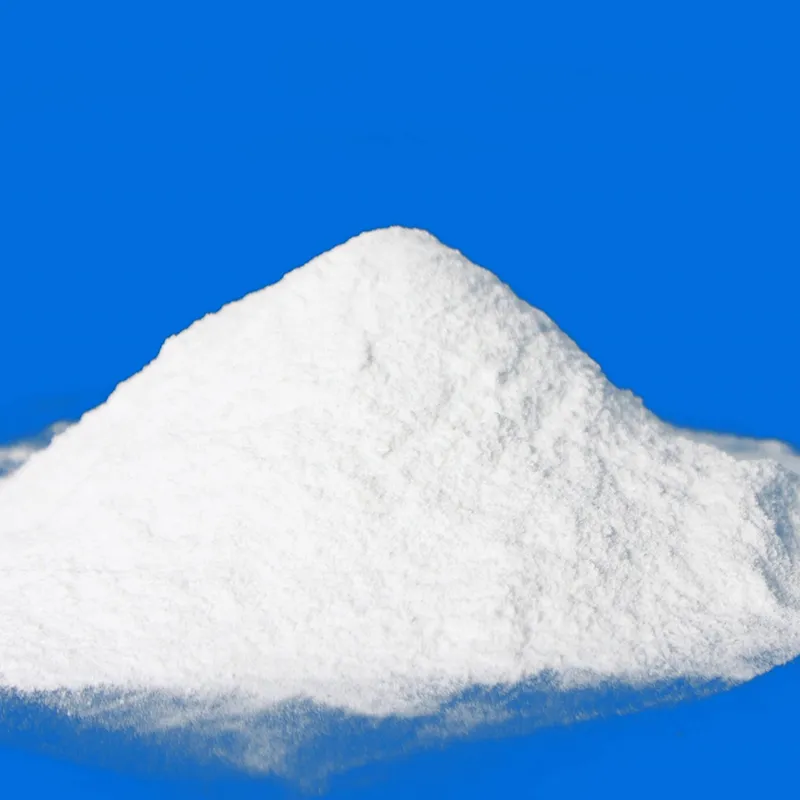
Current Market Trends in Monosodium Glutamate Pricing and Industry Demand
The Price and Market Dynamics of Monosodium Glutamate
Monosodium glutamate (MSG), a flavor enhancer widely used in various cuisines, has been a topic of discussion among culinary enthusiasts, nutritionists, and market analysts. With its ability to amplify umami—a savory taste that enriches the overall flavor profile of dishes—MSG has secured its place in both household cooking and large-scale food production. However, the price fluctuations of monosodium glutamate can significantly impact its availability and usage, which warrants a closer examination of its pricing dynamics in the market.
Understanding Monosodium Glutamate
Initially discovered in the early 20th century by Japanese chemist Kikunae Ikeda, MSG is derived from glutamic acid, an amino acid that occurs naturally in various foods such as tomatoes, cheese, and mushrooms. The production of MSG typically involves a fermentation process using carbohydrates, making it a cost-effective solution for enhancing flavor in food products. As more consumers and food manufacturers seek out MSG for its flavor-boosting properties, understanding its market price becomes increasingly important.
Pricing Trends and Influencing Factors
The price of monosodium glutamate is influenced by several factors, including raw material costs, production methods, demand and supply dynamics, and global economic conditions. The primary raw materials for MSG production are fermentable carbohydrates such as corn, sugarcane, and tapioca. Fluctuations in the price of these raw materials due to factors like weather conditions, geopolitical issues, and global commodity markets can directly impact the price of MSG.
Moreover, production capacity and technological advancements also play crucial roles in pricing. As producers invest in more efficient manufacturing processes, the overall cost of production could decrease, allowing for competitive pricing. Conversely, factory closures or disruptions in production can lead to tighter supply, resulting in price increases.
Another significant influence on MSG pricing is consumer demand. With the rise of global cuisines and an increasing trend towards home cooking, there has been a notable surge in MSG consumption. This growing demand can drive prices higher, especially if supply struggles to keep pace. Additionally, the perception of MSG among health-conscious consumers can also affect its market presence—positive views can lead to increased demand, while negative publicity can create price volatility.
monosodium glutamate price

Regional Market Variances
Geographically, the price of monosodium glutamate can vary significantly. In regions where MSG is commonly used, such as Asia, the demand is robust, and prices may stabilize due to higher production capacities. For example, countries like China are among the largest producers of MSG, benefiting from economies of scale. This local production can help keep prices lower compared to regions that rely heavily on imports.
In contrast, in areas where MSG usage is viewed with skepticism, such as parts of Europe and North America, demand may be lower, potentially leading to higher prices due to limited market engagement. Additionally, regulatory factors and labeling requirements in these regions can create further challenges for MSG producers, as compliance often leads to increased operational costs.
Future Outlook
Looking ahead, the pricing landscape for monosodium glutamate seems poised for both challenges and opportunities. As the world continues to recover from economic disruptions caused by the pandemic, fluctuating supply chains and changing consumer behaviors will remain influential factors. With a growing interest in culinary exploration and new food products, MSG may see a resurgence in popularity, potentially driving prices up as demand increases.
Furthermore, as companies strive to align with health trends and improve transparency in food sourcing, there may be an increased push for naturally derived alternatives or organic certifications, which could reshape the market. These shifts could either place upward pressure on MSG prices or yield competitive alternatives that provide a similar flavor-enhancing impact.
Conclusion
In conclusion, the pricing of monosodium glutamate is a complex interplay of agricultural economics, consumer behavior, production efficiencies, and regional market dynamics. As the culinary world evolves, so too will the demand for flavor enhancers like MSG. Understanding these dynamics not only assists producers and suppliers but also informs consumers who aim to make well-rounded dietary choices. Whether one is an avid home chef or a food industry professional, keeping an eye on monosodium glutamate pricing and its implications remains essential in a world that increasingly values flavor, sustainability, and transparency.
-
Pure Sodium Dichloroisocyanurate Dihydrate | Powerful DisinfectantNewsAug.29,2025
-
Industrial Chemicals: Quality & Purity for Every IndustryNewsAug.28,2025
-
Nitrile Rubber Honoring Strict Production StandardsNewsAug.22,2025
-
Aspartame Ingredients Honoring Food Safety ValuesNewsAug.22,2025
-
Fertilizer for Balanced Plant NutritionNewsAug.22,2025
-
Cyanide Gold Processing with High Purity AdditivesNewsAug.22,2025
-
Formic Acid in Textile Dyeing ApplicationsNewsAug.22,2025
Hebei Tenger Chemical Technology Co., Ltd. focuses on the chemical industry and is committed to the export service of chemical raw materials.
-

view more DiethanolisopropanolamineIn the ever-growing field of chemical solutions, diethanolisopropanolamine (DEIPA) stands out as a versatile and important compound. Due to its unique chemical structure and properties, DEIPA is of interest to various industries including construction, personal care, and agriculture. -

view more TriisopropanolamineTriisopropanolamine (TIPA) alkanol amine substance, is a kind of alcohol amine compound with amino and alcohol hydroxyl, and because of its molecules contains both amino and hydroxyl. -

view more Tetramethyl Thiuram DisulfideTetramethyl thiuram disulfide, also known as TMTD, is a white to light-yellow powder with a distinct sulfur-like odor. It is soluble in organic solvents such as benzene, acetone, and ethyl acetate, making it highly versatile for use in different formulations. TMTD is known for its excellent vulcanization acceleration properties, which makes it a key ingredient in the production of rubber products. Additionally, it acts as an effective fungicide and bactericide, making it valuable in agricultural applications. Its high purity and stability ensure consistent performance, making it a preferred choice for manufacturers across various industries.





